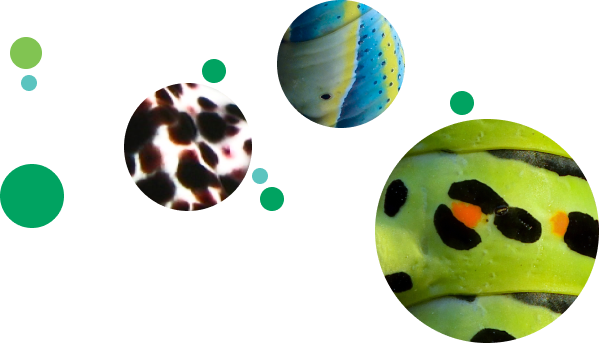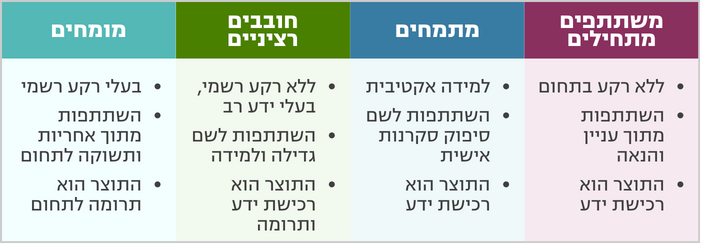Public Participation Methods in Biodiversity Monitoring

Public involvement in science is a powerful tool for enriching and democratizing scientific knowledge, enhancing public discourse, and fostering open and diverse knowledge communities. In the fields of environmental and natural sciences, such involvement is especially valuable—it helps us better understand today’s environmental challenges and develop effective solutions.
This study examines how the public participates in iNaturalist—a global citizen science platform for monitoring biodiversity. The research explores participants’ motivations for joining the platform, their modes of engagement, and the level of expertise among the most active contributors. It also investigates how personal choices—such as what species to report and where to observe—can shape the data collected, influence research outcomes, and inform decision-making.
Preliminary Findings
Our research has focused so far on iNaturalist “super-users”—those who contribute the highest number of observations. We found that these super-users tend to fall into four participation patterns:
- Newcomers– Participants with no formal background in biology or environmental science, who engage with the platform out of personal interest and enjoyment. They take pleasure in observing, discovering new species, and connecting with nature. Their main motivation is learning, which reflects a strong desire for personal enrichment.
- Apprentices – Participants currently pursuing formal education in biology, ecology, or related fields. They are passionate about the subject but still developing their expertise. Their participation is a way to learn by doing.
- Serious Amateurs – Participants without formal training, but with substantial knowledge acquired independently. They engage out of intrinsic motivation, curiosity, and a drive for self-improvement. Their contributions support the platform and fellow participants, while also fostering their own continued learning.
- Experts – Participants with academic or professional backgrounds in biology or ecology. They contribute to iNaturalist as an extension of their scientific work, motivated by a sense of responsibility, a passion for biodiversity, and genuine enjoyment of the subject.

The personal preferences of super-users—such as which species they choose to document, where they conduct their observations, and whether they focus on common or rare organisms—can introduce biases into the dataset. This study explores such biases, including taxonomic, geographic, and frequency-related biases, to understand how public participation in biodiversity monitoring shapes the data and its applications.